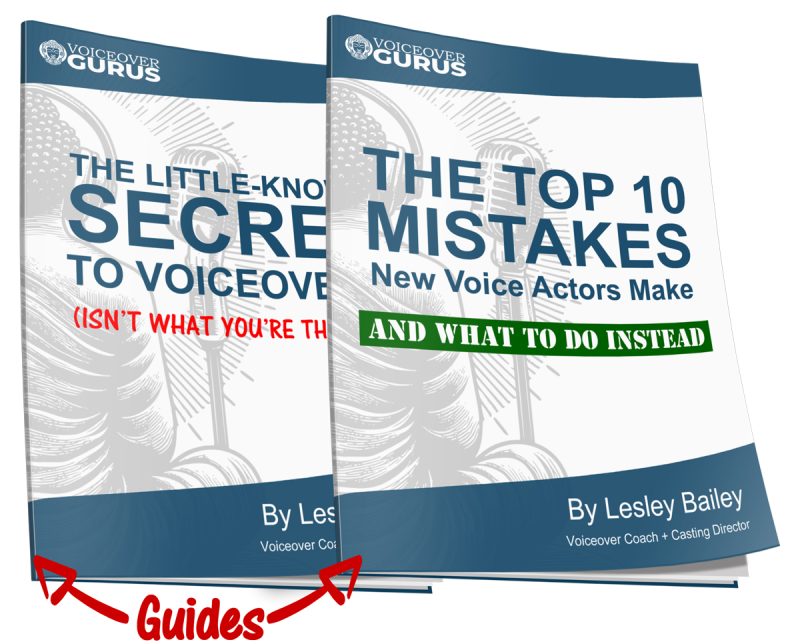Here’s a voiceover tip you probably haven’t heard lately – the concept of voiceover scripts being dissected in two completely different ways. The first way is via the Big Picture. You assess the overall mood of the script and the vibe the writer seemed to infect it with and move on accordingly. The second way is via the Little Picture. You look at the specific words that seem to need “massaging”, that seem to further your “point”, and you make sure to emphasize them. Voiceover technique in a nutshell. To examine it further and make use out of it on a practical level, we are going to need more than a nutshell. With both of these voice over techniques you are really trying to tell them writer in different ways that you “get him.” It is usually the writer who judges the casting, maybe the producer, but mostly the writer. So what’s your goal? Do what the writer wants. Out loud. But first you must figure out what that is. Use the word choices, the style, his structure of the whole thing, the timing/pace. It always comes back to this: show the writer that you get what he is trying to do with the script; be the outside voice that perfectly expresses the copywriter’s inside voice, and WIN THE JOB. Big Picture: Here you are starting with the specs hopefully. Specs are the “specifications” given to you along with the script that illustrate how they want the script to sound. Example: Male, 30’s – 40’s, conversational, witty, confident. Those specs are the foundation for you to achieve and master your big picture goal. When you get specs, look at the script and spot where and why those specs make sense. Are there specific words that reflect it perfectly? Can you add your own overall impression to those specs and give it a unique spin with compromising the authenticity? Either way, this is the big picture. They want it friendly, do friendly. Sarcastic? Do that. The Big Picture is your fence, so build it. Now it’s time to paint it. Little Picture: Get out your paints and brushes. Look at the sentences. ALL the words. Underline all the words in a sentence that seem to illuminate the actual point you have for saying that sentence in the first place. Underline and emphasize words in a sentence sparingly. The more you emphasize, the less impact each one has. Try to focus on adjectives, action words, verbs, directives….if you’re unsure of where to start. Let’s look at a sentence together: “Sometimes you just want a great latte.” Read it out loud but don’t give any words special attention. A bit flat sounding eh? So – what is the point of this sentence? That you SOMETIMES want one? That you WANT one? No. That’s it’s about YOU? No. That we’re talking about wanting a LATTE? Yeah, good start. What kind of latte though? A GREAT one. Underline “great latte” and trying reading the sentence again. Now you are actually making a “point.” A purpose for saying these words. You’re introducing the subjective of having a GREAT LATTE. You’re not just reading words of a piece of paper now, you are the voice of the writer’s intentions. He’s hearing that YOU get the “picture.”
Voiceover Tips via Big Picture/Little Picture
 Hi! I’m Lesley Bailey. I’m an award-winning Casting Director, Voiceover Coach, Demo Producer, and Consultant with over 30 years “in the trenches”. I love helping voice actors bring scripts to life with authenticity and confidence.
Hi! I’m Lesley Bailey. I’m an award-winning Casting Director, Voiceover Coach, Demo Producer, and Consultant with over 30 years “in the trenches”. I love helping voice actors bring scripts to life with authenticity and confidence.
Ready to jumpstart your voiceover career? Click/tap here to book a Voiceover Jumpstart Session (only $89)

